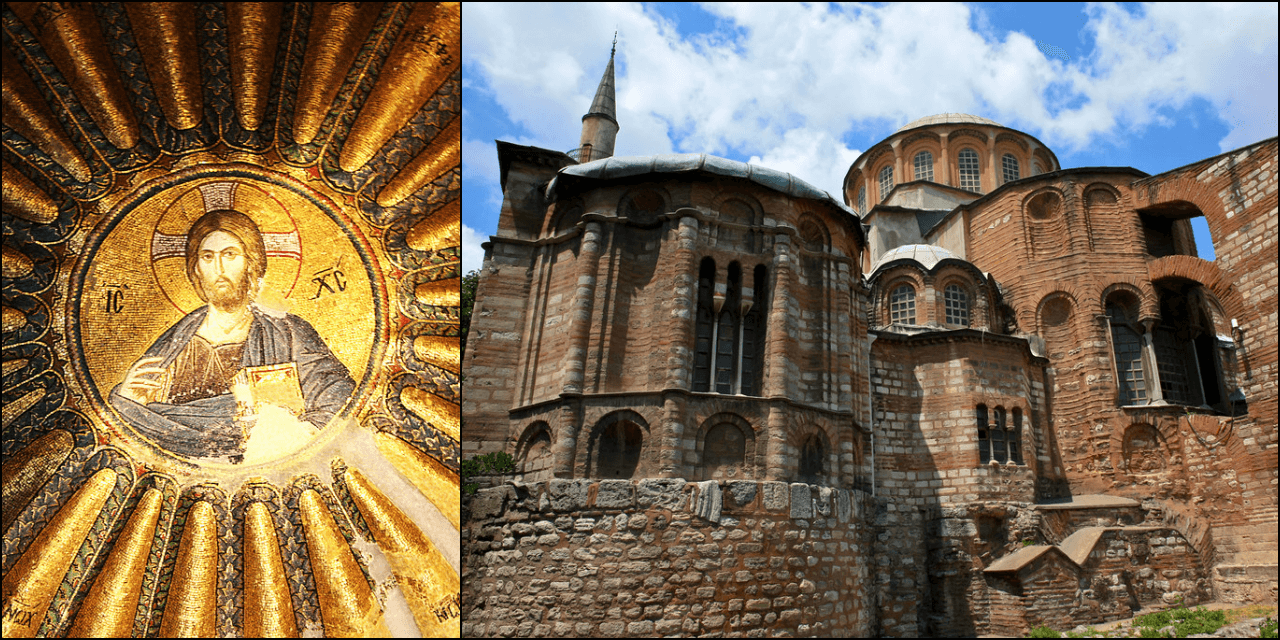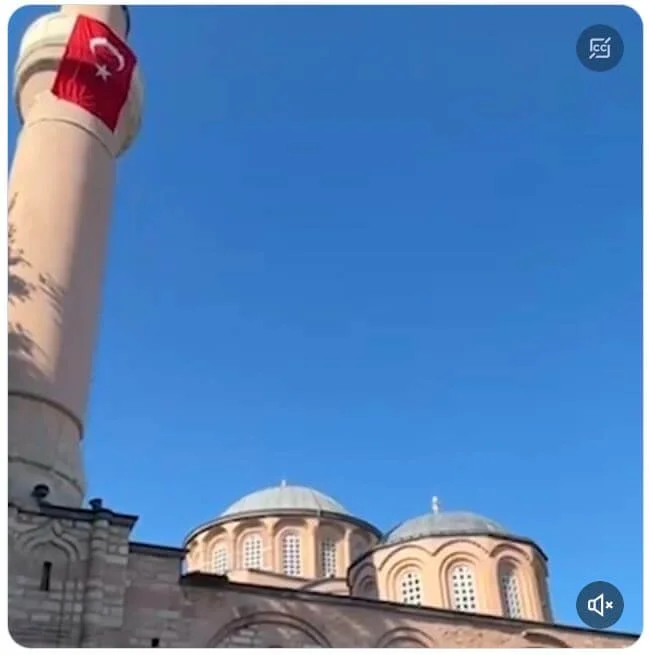In a move that underscores President Recep Tayyip Erdogan's shift towards a more Islamic national identity, Turkey has recently transformed another former Byzantine church into a mosque. The formal opening of the Church of St. Saviour in Chora, also known as Kariye in Turkish, was presided over remotely by Erdogan from Ankara. This action follows the controversial re-designation of Istanbul’s (Constantinople) iconic Hagia Sophia into a mosque in 2020, a decision that has since been mirrored with the Chora.
Both the Hagia Sophia and the Chora, which are recognized as UNESCO World Heritage Sites, have historically played pivotal roles in the religious and cultural tapestry of the region. Originally Christian edifices of significant historical and architectural value, their conversion has elicited applause from many Muslim faithful but has also faced sharp criticism from Greece and international observers who argue these changes constitute a cultural desecration of world heritage.
Critics argue that these transformations reflect a broader strategy by Erdogan’s government to fortify its conservative and religious base amidst Turkey's ongoing economic challenges. Such actions are seen not just as a reaffirmation of Islamic values but also as a political maneuver designed to galvanize support at a time when Erdogan faces substantial domestic and international pressures.
The Church of St. Saviour in Chora, renowned for its exquisite mosaics and frescoes, exemplifies the rich Byzantine heritage that characterized Istanbul centuries before it became a cornerstone of the Ottoman Empire. The building's history as a museum, which began in 1945 after it served as a mosque during Ottoman rule, marked a period of secular respect for its eclectic past. However, this status was revoked in 2020, leading to its recent inauguration as a mosque after a period of restoration.
The decision has been lambasted by Greek officials as an insult to the historical character of these sites. The Greek government's criticisms underscore a broader geopolitical tension between Athens and Ankara, amidst concerns over Turkey's cultural stewardship of its Byzantine heritage.
As Turkey continues to navigate these culturally and politically charged waters, the international community remains watchful. The re-conversion of these monumental sites from museums to mosques raises significant questions about the preservation of cultural heritage in the face of nationalistic and religious fervor.








